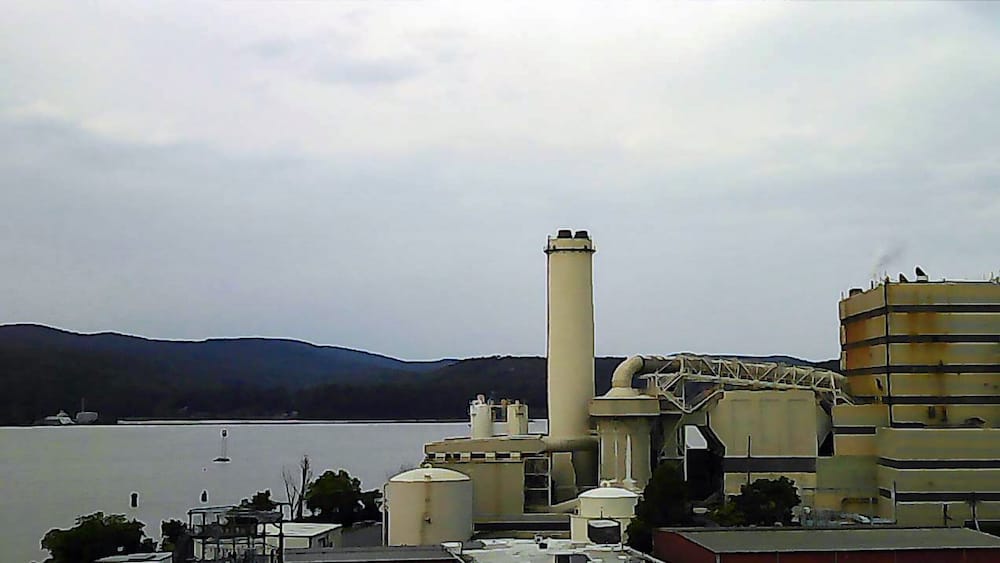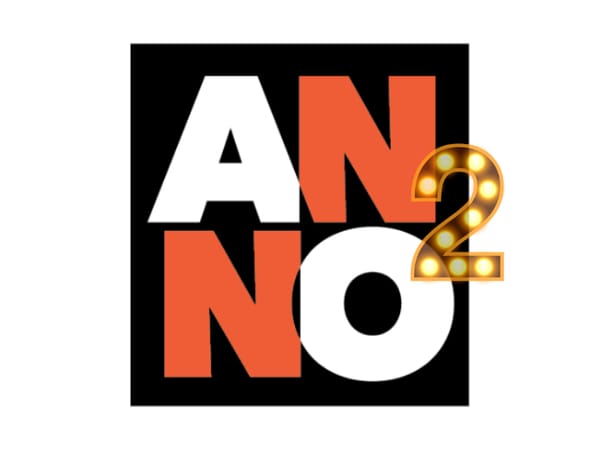Tapping Community Foundations: Lessons Learned
We are trusted key sources in our communities. So why not tap community foundations?

Little did I know when I began reporting and writing about the community where I live that I’d get an education in all sorts of philanthropy, a subject in which I had no previous experience.
My lack of awareness around grant writing and funding and how it works has led me on an exploratory path that I could’ve never anticipated when I decided to start my nonprofit news site, the Peekskill Herald, in 2021. Knowing that one of the key income streams for my site would be grant and foundation money, I’ve attended numerous webinars during these past three years, taking in as much as I could about the world of philanthropy.
I’ve always heard that to have credibility with national funders, I need to establish relationships with local foundations, but in my city of 26,000 people there aren’t a ton of options, and the few private foundations located here are controlled by people who are newsmakers.
A downside to being the editor and publisher of a very small operation is trying to separate the two roles in the mind of the public. I’ve been hesitant to pitch a few of the bigger foundations because we frequently cover their principals in news stories—and I’m usually the one writing the stories.
Instead, I focused on community foundations, learning how some are dispensing donor-advised funds and others have permanent funds they give away. I’m pretty sure that most of the 4,453 community foundations in the United States aren’t looking to local journalism outlets as recipients of their $148 billion in assets. According to data from Media Impact Funders, as of 2022, only about 7% of philanthropy goes to journalism. Since nonprofit journalism is a relatively new model for keeping news alive in communities across the country, it’s imperative that we educate these funders about our essential work.
It was a casual conversation with a friend of a friend that unlocked the door to the local county community foundation for my organization, and proved to me that so much of this business is about relationship building and connections. I explained to an executive of the foundation how our reporting was bolstering civic health by providing accurate information in a community where there was no other local source of news and, in doing so, I was able to make my case for funding.
Subsequently, I was asked to formally apply to the community foundation, and since I knew I was in desperate need of an environmental reporter, I proposed a grant of $125,000, which would cover the cost of a reporter and a part-time editor.
This was how I learned the hard way to “curb my enthusiasm” around applying for grants.
After working for a week on an application and outlining the budget, I was told my first-time request was an "aspirational moonshot" by the lovely program officer assigned to me. She told me I needed to start smaller, and she helped me refocus my request for something more realistic: $20,000 for a series of environmental stories. I needed to spell out what those stories would be and when they would run.
She also thought I might need a fiscal sponsor since my organization was so young. I suggested the nonprofit newspaper in the next county as an option since they were in business for 15 years compared to my three. Turns out, I didn’t need them to fiscally sponsor my grant request.
Three months after applying, I received an email from the foundation telling me I was awarded the $20,000 grant for environmental stories.
The grant project has been a success, and after filling out my interim report, I was asked by the same community foundation to submit another grant proposal, this time for two years, as the foundation officer noted the time and energy it takes for busy newspaper editors and publishers to constantly be writing reports and proposals.
It’s not uncommon for funders to have specific areas of interest such as education, health, social justice, or the environment. An integral component of supporting those areas is the communication about the good work that is being done around those topics. That’s where we come in. We are trusted sources in our communities. We provide the vehicle for the public to know about the vital work foundations are funding.
Aside from the financial benefit of this experience, I’ve continued to foster a relationship with this community foundation, and I was invited to present my story as a panelist at their upcoming board of directors’ retreat. I imagine my enthusiasm for the work we do in our community, and the impact their funding has had on it, is a story they’re eager to hear.
Regina Clarkin is the publisher and editor of the Peekskill Herald in New York's Hudson Valley. The site covers local government, environmental issues, parks and entertainment news, and more, providing community “glue” to keep residents connected and informed. Read more about Regina at our contributors page.





